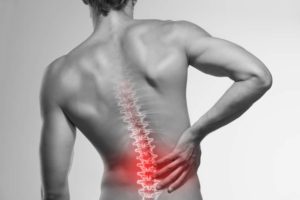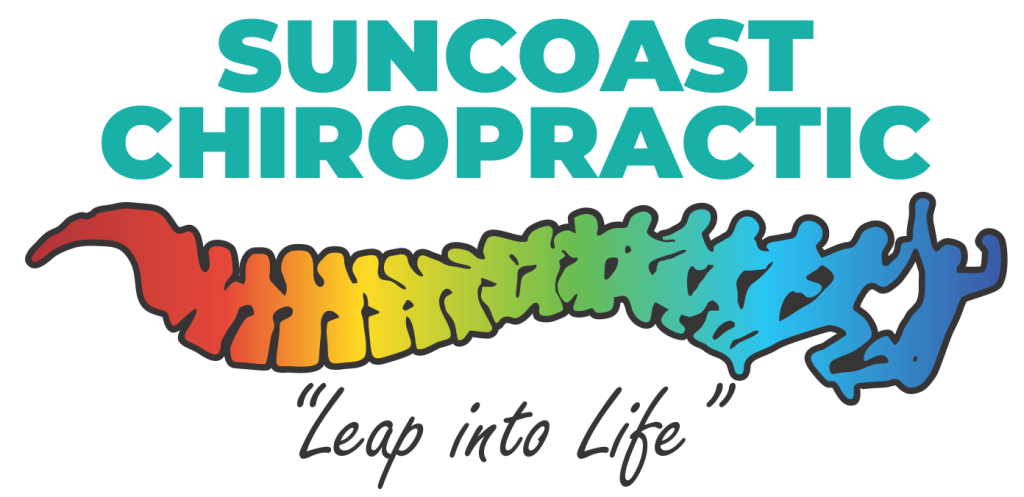 Most people experience low back pain at some point in their lives. Often the pain starts just below the ribcage on the lumbar region of the body. It may grow from light to intense pain and often causes you problems when working. Thankfully, light back pain can get better without the need for intervention or with a few home remedies. However, for intense pain, you may need to seek help.
Most people experience low back pain at some point in their lives. Often the pain starts just below the ribcage on the lumbar region of the body. It may grow from light to intense pain and often causes you problems when working. Thankfully, light back pain can get better without the need for intervention or with a few home remedies. However, for intense pain, you may need to seek help.
There are two types of low back pain; acute and chronic back pain. Acute back pain may last a few days to a few weeks. However, chronic back pain may take months or keep coming back when a cause is triggered. This pain may range from a dull ache to a more intense shooting or stabbing sensation.
Causes of Low Back Pain
A good number of low back pain causes result from joint or muscle sprains. This may result from sudden jerking movements or poor posture when lifting heavy items. However, low back pain may also be a symptom of other more serious conditions, such as the following:
• Sciatica
• Spinal cancer
• Herniated or ruptured disc
• Arthritis
• Kidney infections
• Other spine problems
That’s why in the case of persistent spinal pain, evaluation by a practitioner like a chiropractor is essential.
Adults aged between 30 and 50 years are the group more likely to experience back pain. This is when early degenerative change can start to be seen in the spine. People in this range also often lose muscle tone as they age, making them prone to back injury. As for young individuals, many lower back issues result from injury in sports, road accidents and weightlifting.
On the other hand, the effects of the diseases on back pain can be experienced by anyone of any age. To deal with the pain, the patient must treat the underlying condition first. Here is a look at one of the more common causes of lower back pain; Sciatica
Sciatica
Sciatica is a back and leg pain caused by issues with the sciatic nerve. The sciatic nerve runs from your lower back down to the back of your knee and into your foot. Any compression or injury that puts pressure on the nerve causes you to experience pain from the lower back, hip and bottoms up to your calves.
The pain is usually on one side and may get worse when sitting, sneezing, or coughing. The affected leg may also feel tingly, weak, or numb. These symptoms appear suddenly without an apparent trigger and may last for several weeks. Over 90% of people do not require surgical intervention to deal with the pain. People with other conditions such as pregnancy, herniated disc, narrowing of the spine (spinal stenosis) or any form of degenerative arthritis of the spine (including bone spurs) may also experience sciatica.
The condition is diagnosed using X-rays, MRI and CT scans. Treatment can include non-invasive methods such as chiropractic care to trans-cutaneous electrical nerve stimulation, ultrasound treatments and neurological stimulations.
When to Seek Chiropractic Care
Light or mild lower back pain can often resolve with pain relievers, appropriate exercises and rest. However, if the pain causes you numbness in the groin, leg weakness, fever and rashes along with pain when you urinate or cough, seek urgent assistance from your chiropractor or GP. People who also have unexplained weight loss, a weak immunity, or have a history of cancer and experience back pain should see their GP.
Otherwise call us at Suncoast Chiropractic on 07 5492 5588 and we can help you get back on track.
